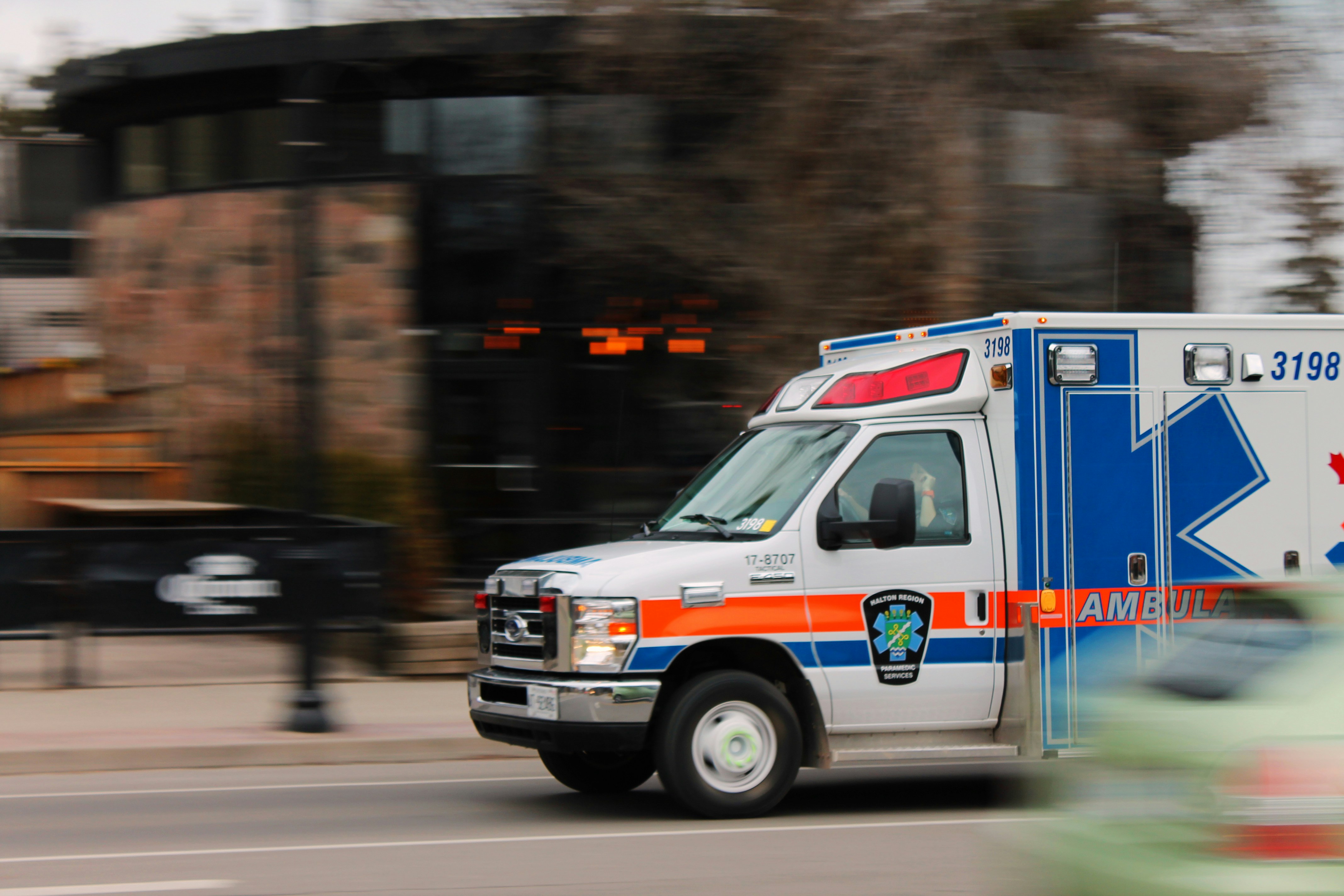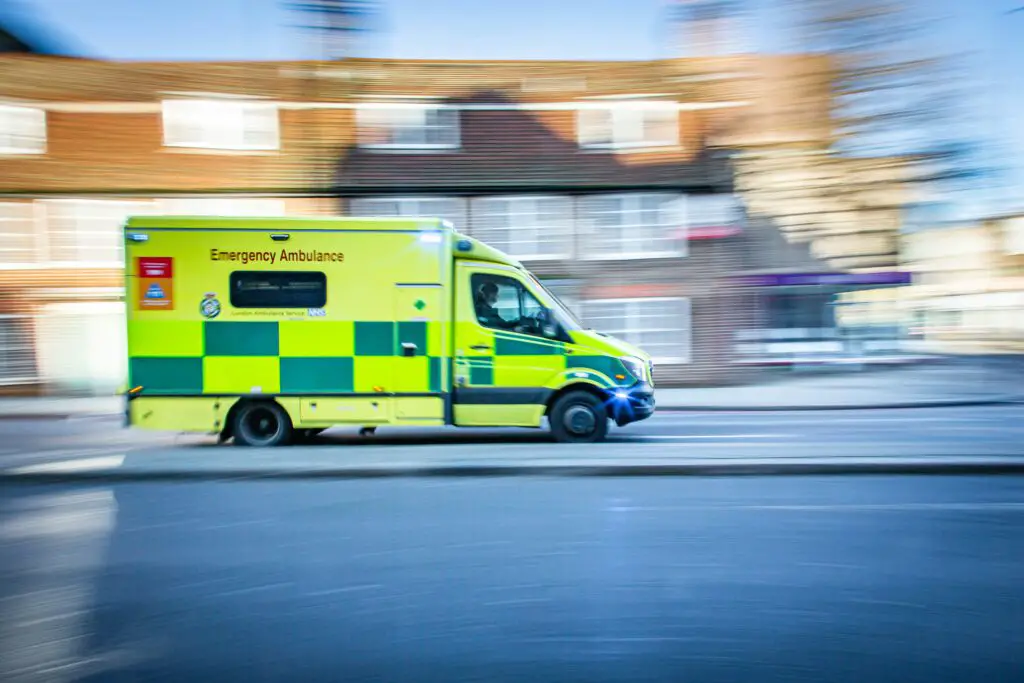We all know we must yield to emergency vehicles. When we hear those sirens, we need to stop in our tracks. But what rules must the emergency vehicle driver obey?
This video shows an emergency vehicle with its lights engaged. It starts to run through a red light when it hits a car in the opposite direction. It’s important to note that the white sedan at the beginning of the video is a different vehicle from the white SUV that collides with the EMS vehicle. Which driver is liable for the accident?
Legal Exceptions to this Topic
Yes, you should yield to emergency vehicles in most cases. However, there are some exceptions to this rule;
- If you see an emergency vehicle with its lights engaged, you must slow down and move over. If you are in an intersection and see an emergency vehicle, continue through the intersection. Then, slow down and stop as soon as possible.
- If a traffic controller or law enforcement official is on the scene directing traffic, obey their orders, even if they contradict existing signs or signals.
- You may not drive within 300 feet of any emergency vehicle with its emergency lights engaged, including cop cars, fire trucks, and ambulances.
- If you drive to an emergency scene, such as a fire or collision, the police can arrest you for interfering with rescue efforts.
Considering these rules, the emergency vehicle’s detection did not affect the driver in the video, who rightfully continued driving through the intersection before making way for the emergency vehicle.
What Laws Apply to Emergency Vehicle Drivers?
We know civilian drivers must yield to emergency vehicles. But what precautions do emergency vehicle drivers have to take? Here are some rules that apply:
- The driver may park in an illegal parking zone if necessary.
- The driver may proceed past a red signal or stop sign only after slowing down to ensure safe operations.
- The driver may exceed speed limits as long as they do not endanger life or property.
- The driver may disregard turn and movement signs if necessary.
The law further specifies that drivers must turn on their signals before engaging in these activities. Additionally, the vehicle must have a lamp that illuminates and is visible from 500 feet in all directions.
Emergency vehicle road rules do not relieve emergency drivers from ensuring the safety of others on the road. They must not drive recklessly or negligently.
The video shows that the emergency vehicle driver ran a red light without first verifying the coast was clear. The driver failed the heightened “due regard” standing they must obey. Consequently, the emergency vehicle will be liable for the accident.
What Happens if I Am In An Accident with an Emergency Vehicle?

You may get into an accident because you did not yield to emergency vehicles, or the collision may be the fault of the emergency driver. The process will be the same for any other accident in either situation. You should contact the police, collect photo and video evidence of the damage, collect insurance information, seek immediate medical attention, and contact your insurance company.
Authorities will assess the accident, and the negligent driver will be compensated for the damages. In a comparative negligence state, each driver may share the cost of damages proportionate to their fault in the accident. In other words, if one driver is 20% guilty of the accident, they will pay 20% of the damages. The other driver will pay for 80% of the damages.
Since emergency vehicles are city-owned, the city, rather than the driver, will cover their share of the damages.

